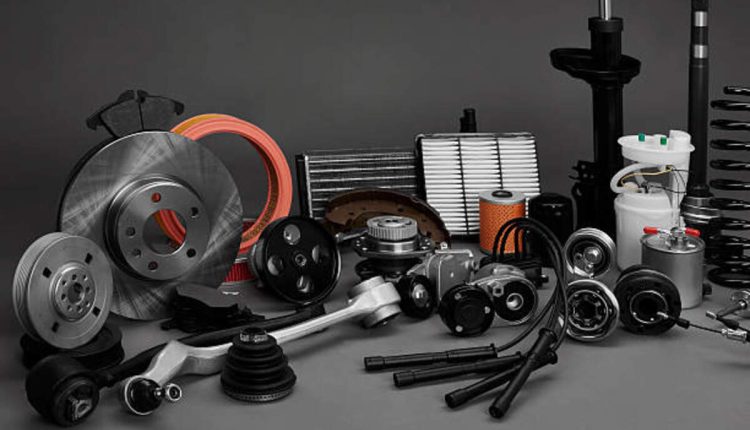Contemporary vehicles contain numerous techniques that work together to keep us on the highway safely. Being knowledgeable about essential automotive parts could improve communication with your repair shop and make you a more well-informed driver. Check out the Best info about auto car parts.
Timing belts have hard teeth designed to match the camshafts and crankshaft cogwheels in your car’s engine fresh, so it is wise to replace these people regularly to ensure proper functioning within your engine bay.
Engine
From steering systems and front/rear suspension to the interior ingredients that make up your car, understanding the key parts’ functions can assist car novices or fans in communicating more efficiently with movement and better comprehending precisely how their vehicle operates.
Your own personal car’s heart lies in its internal combustion serp. It consists of a variety of essential components, including the cylinder wedge and head; in particular, their lower section, known as typically the cylinder block, houses every one of the cylinders as well as essential elements like crankshaft and camshafts that keep everything doing work optimally.
The cylinder scalp of an engine is an easily removed upper component with valve-controlled passageways for air along with fuel entering its cylinders and exhaust fumes leaving during combustion, as well as for eradication during this process. A camshaft regulates when these passageways open or close.
Indication
Your car’s transmission is the nerve center intended for power delivery. It gives the energy generated by your serp directly to your wheels when controlling the acceleration and deceleration of your vehicle.
Without your own personal transmission, your engine would likely spin too rapidly for structural stability and overheat quickly. A gearbox allows your car to boost quickly, climb hills easily, and cruise at motorway speeds while maintaining engine productivity.
Your transmission uses an intricate system of gears to transmit power between the engine and drive wheels. These wheels are governed by hydraulic cylinders linked to transmission fluid routed through the torque converter.
Modern motor vehicles typically utilize automatic diffusion, which consists of fluid couplings, planetary gearsets, and clutches automatically, including overdrive, to boost fuel economy by reducing SERP and drag at high gears. Some automatic transmissions likewise allow some limited guidebook control over gear variety (similar to how a remain shift works), while elderly vehicles usually employ operated-by-hand gearboxes as transmission varieties.
Brakes
At times, we may assume how our car’s brake parts work. But every time you throw on the pedal to stop a surprise deer from darting in front of your vehicle, you rely on over 40 specific components working together flawlessly to bring everything to a complete halt. Brakes help make driving safer—nevertheless, how exactly do they function?
In its core, pressing on the borrachera pressurizes hydraulic fluid, which in turn is used to pressurize fine ceramic brake pads against metal vertebrae known as rotors. This generates friction, which produces a high temperature, which slows or ceases wheel rotation.
The hydraulic force from the master cylinder moves along a hose and line to each wheel, and it must withstand harsh conditions. Regular inspection and maintenance are needed, as is using only brake liquid of DOT 3 high quality or higher; other types can rust parts and hoses.
Pause
Suspensions provide a smooth trip by helping absorb as well as dissipate energy from street impacts, allowing your car to soak up shock absorbers or struts to soak up and distribute this effect energy evenly across the frame. Without these components in position, however, your ride may likely be extraordinarily bumpy and uncontrollable; shock absorbers work, such as hydraulic pumps, to prevent them from bouncing uncontrollably, while struts provide structural assistance.
Sway bars (also known as brace rods) improve car handling by adding stability to the suspension system and helping prevent bottoming away, which occurs when the travel reaches its finish during an impact. They can additionally prevent vehicles from bottoming out due to excessive effects.
An unpleasant ride could be a distinguishing sign that your suspension anatomy’s shocks or struts require replacing, while any move to one side could also indicate this is necessary. Depending on driving habits and track conditions, these parts typically last 70,000 miles.
Read also: Toy Car Carriers For All Ages.


